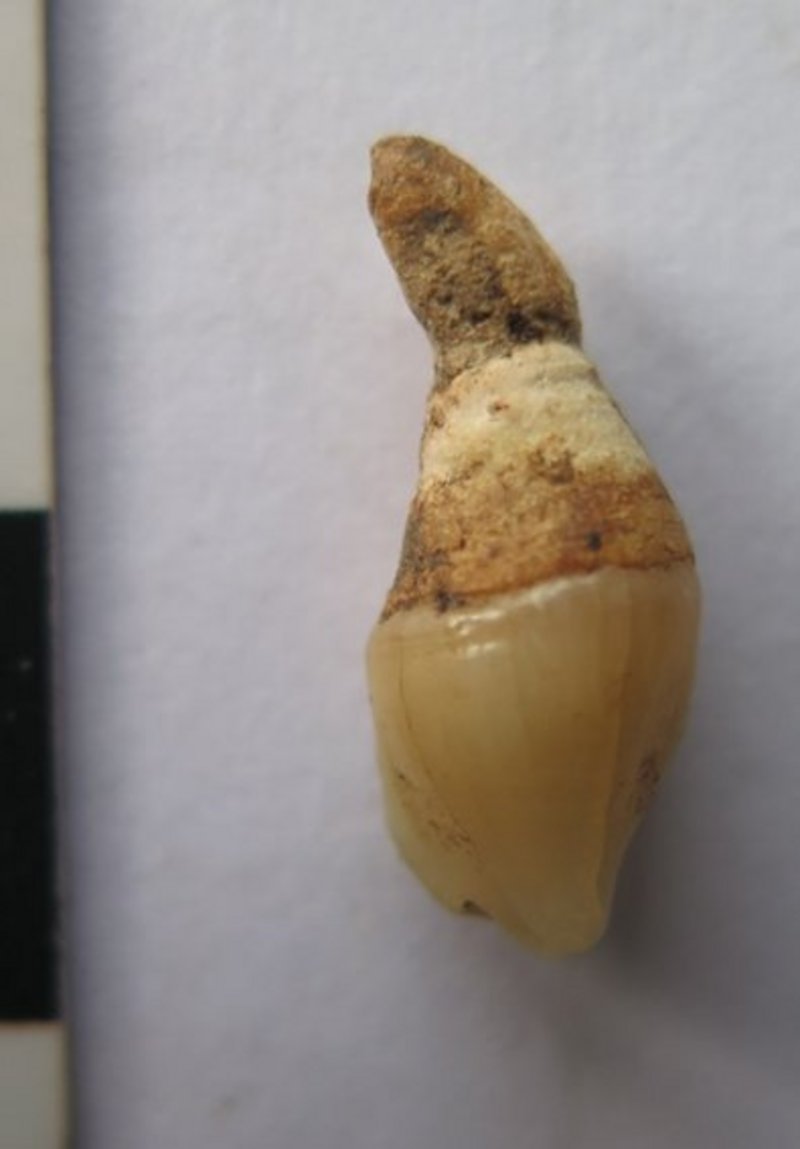Forschung
Research Questions
Who were the people buried in Ria Rockshelter? Were these people related to each other? Were they locals? What was their health status? Are there any hints in the skeletons giving information about their occupation or their daily life activities? Are the burials really related to cannibalistic activities?
Methods
On first viewing, the Ria Rockshelter seemed to resemble a resting place but later turned out to hold at least three burials beneath a pebble pavement. Next to the wall was buried an adult in a supine and extended position. Bones of an infant were scattered alongside and under the adult bones. An older infant was placed parallel to the adult but in the opposite direction, also in a supine and extended position. The skeletons of the adult and older infant were radiocarbon dated to around 500 BP.
The preservation of the bones was very poor due to the very wet soil and the presence of plant roots. The more stable structures, such as the long bones and teeth were better preserved than the spongy bones, especially of the pelvis, ribs and spine. Due to the wet and sticky soil they were extremely difficult to excavate. Once they were dried, they developed a greater stability. After washing and drying the bones, the examination was undertaken with the use of a magnifying glass. Age and sex estimation, as well as paleopathological investigations, were carried out using standard anthropological methods. For further investigation, samples were taken for isotopic and genetic investigations, which are planned for the future. To obtain additional palaeopathological information, plain radiography, scanning electron microscope and histology methods were used (DAI).





